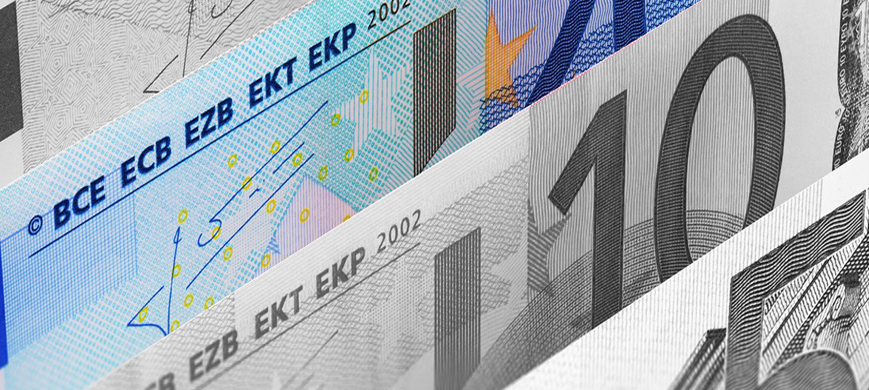Special damages in a personal injuries claim; what makes them so special?
What are special damages in a personal injuries claim? The easiest way to think about them is that it is any compensation that you can actually mathematically calculate. Good examples of these would be loss of earnings, medical expenses or travel expenses.
So how are these calculated? The basic principle of compensation is to put you in the position you would have been in ‘but for’ the accident. With the loss of earnings, therefore, it is the net loss that is calculated. If the amount varies, you can take an average and then use this to work out the loss. Certain social welfare benefits must also be deducted; the simplest way to ascertain these is to obtain a certificate of the amounts from the Recoveries section of the Social Welfare Department. Invariably a defendant will have obtained these figures anyway.
Medical expenses are relatively easy to calculate. It is simply a question of adding these all up to include doctors’ and consultants’ fees, pharmacy bills, MRI scan fees, physiotherapy expenses and so on. This can sometimes get a little more tricky where, for example, a health insurer has paid medical bills on the plaintiff’s behalf. The health insurer might insist – and it may well be a part of the policy – that their outlay is included in special damages and they might look for an undertaking that, if this is recovered, it is repaid to them.
Travel expenses are similarly simple to calculate. They are generally allowable for trips for medical appointments and a rate of, say 63 cent per mile, is usually allowed.
Another item of special damages might be for car repairs. An estimate from a garage will often suffice to prove this. Where a car has been written off, you need to come up with market values for an equivalent replacement in terms of age, mileage etc. A starting point here can be using figures from popular internet car sales sites. In many cases, an insurer will cover the car damage without prejudice to the remainder of the claim once liability is not an issue. A salvage value is often factored in too.
Minor items which have been damaged in an accident can also be claimed. Regular examples are mobile phones or expensive clothing that has been ripped or damaged.
Of course, all of the above assumes that you can get to a fixed point in time, such as settlement or trial, and do simple calculations but what about future losses? It is often very useful to get a report from an experienced occupational therapist. This can identify what the plaintiff can do upon returning to the work marketplace and ought to provide sample earnings. An actuary should then be instructed to crunch the numbers and provide figures for future loss of earnings. The actuary should be able to also work out figures for all other future losses such as future medical care, or future loss of services. Future loss of services might arise in a fatal accident case where a parent has been killed in an accident. The value of their services to the family can be worked out and then actuarialised.
Special damages are a crucial aspect of a personal injury, fatal accident or medical negligence claim and must be dealt with properly.
© Philip Vint & Co 2019


